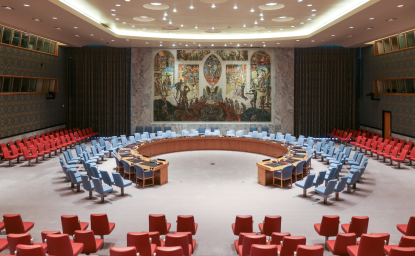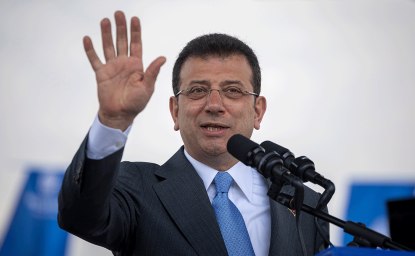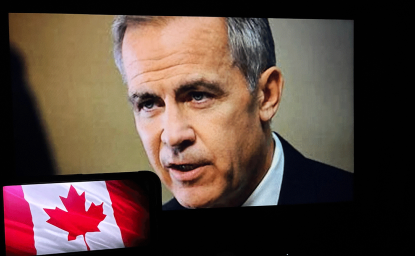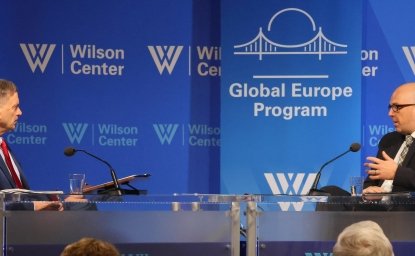The Latest
As the 79th session of the United Nations General Assembly (UNGA) wraps up in New York, world leaders have addressed a range of urgent global crises, with much of the focus on the escalating conflicts in the Middle East, Ukraine, and Sudan. Beyond the immediate conflicts, the assembly also addressed critical issues like antimicrobial resistance, climate change, and nuclear disarmament.
Lauren Risi, Director of the Environmental Change and Security Program, provides an overview of “Pact For the Future,” one of the key agreements to come out of this year’s UN General Assembly. Risi talks about how the Pact will help the UN adapt to the evolving landscape in which it operates and more effectively address future challenges. It addresses the role of artificial intelligence in our future, the shared global threat of climate change, and the changing dynamics of the global population.
Transcript of Video
-
UNGA 2024 Recap: Crises, Conflicts, and the “Pact for the Future” Dominate Talks
Guest


Environmental Change and Security Program
The Environmental Change and Security Program (ECSP) explores the connections between environmental change, health, and population dynamics and their links to conflict, human insecurity, and foreign policy. Read more

Explore More
Browse Insights & Analysis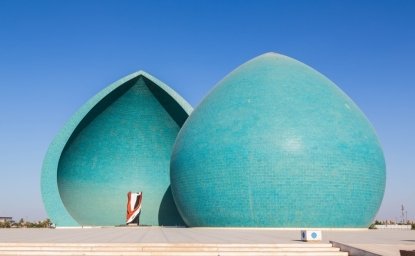
Iraq Should Consider Extending UNAMI’s Mission
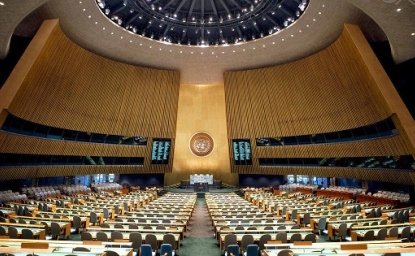
Latin American Leaders in the Gran Manzana
